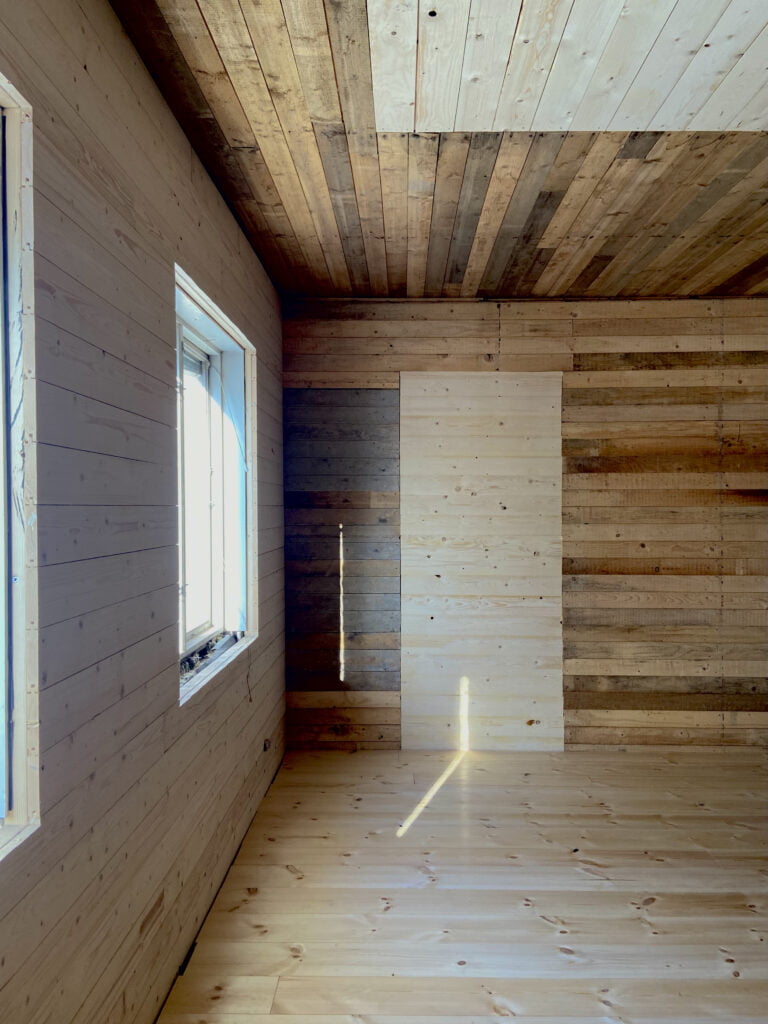Workshops
Workshops
…. and premises
At Fengersfors Mill, Not Quite has collective workshops for blacksmithing, joinery and photography, as well as studios and premises for workshops.
In the workshops our members work in their own businesses and activities, therefore the workshops are not open to Not Quite’s public.
The Mill
At the mill there are these premises:
- Smithy
- Carpentry
- Ceramics
- Photo studio
- Premises for workshops
- Window workshop
- Gallery and exhibition space
- Shop
- Café
- Park
The Smithy and the carpentry have members who rent the premises full-time. There they work in their own companies and on their own projects. The carpentry also houses some studios that are rented by members.
In the same building as the Forge is the ceramics workshop, where there are kilns for firing ceramics and large tables. The pottery is also used as a venue for workshops. One floor above the ceramics is a shared studio space where members rent a part of the space with tables and storage.
We call it the window workshop because there once was one, but these days it’s where our photo studio is. This room also hosts events, meetings, workshops and other types of gatherings.
In the park outside the café you can have a coffee and relax. Members have built a water play and sandpit here, as well as the Children’s Gallery. Exhibitions and art are sometimes shown here and there are some permanent works. Sometimes the park is transformed into a festival area or a small stage for music or theatre is set up.
Inside the large factory building known as the Ocean House, various types of fine paper and a new water-resistant paper, ocean paper, were produced during the factory period. In the machine hall there were two paper machines, PM1 and PM2, one of which remains as a beautiful backdrop; the other was dismantled in the 1980s and shipped to India. The paper was also cut and packed in this building. On the second floor there was PM3. During the 1980s there was crayfish and fish farming in the Ocean House, now it is only fish farming. On the first floor was Jonny’s Papprör, which was raned by Jonny Knarrström. Jonny also worked at the paper mill. At the age of 14, Jonny clocked in in 1959 and became the third generation of mill workers.
Today, blacksmith Jessika Fleetwood operates in a part of the first floor, ceramist Annie Lindgren operates on the second floor, and in the machine hall there is an industrial history exhibition and parts of the room are used for contemporary art. The Holländeriet on the second floor is sometimes used as a stage for events such as Opera at the Mill. The Ocean Hall on levels two and three is used for exhibitions produced by Not Quite. On the first floor, from the loading dock on the ground floor, there is a larger room that is usually used for concerts or larger events and gatherings.
In 2024, some of our workshops and premises will change location and function. This is because in October 2021 we bought our very own old carpentry factory Strands. Therefore, in 2024 the ceramics workshop will move to Strands, and in the former premises for ceramics, our member-run Not Quite Shop will move in instead.
Half of the window workshop will be transformed into Not Quite Galleri, as we no longer rent the premises where Not Quite Galleri and Shop used to be.
Strands
In October 2021, Not Quite previously acquired Strands snickeri. Here we are now developing new production sites for arts and crafts, including collective workshops and studios. Here, dreams fly high and the possibilities are endless.
Here we are planning and renovating a new ceramics workshop with an additional kiln that will be wood-fired and better premises for holding ceramics courses.
A textile workshop that will be equipped with most things and a Village workshop where it will be possible to perform simple carpentry work is also underway.
What already exists are some new studios, which have been created in the old apartment. But we still have a lot of work to do before Strands can accommodate all the functions and premises we are planning.



